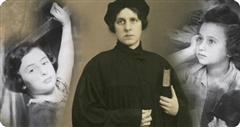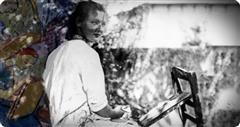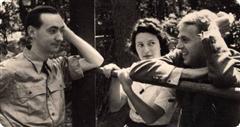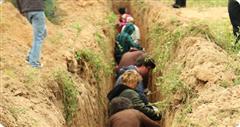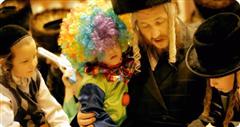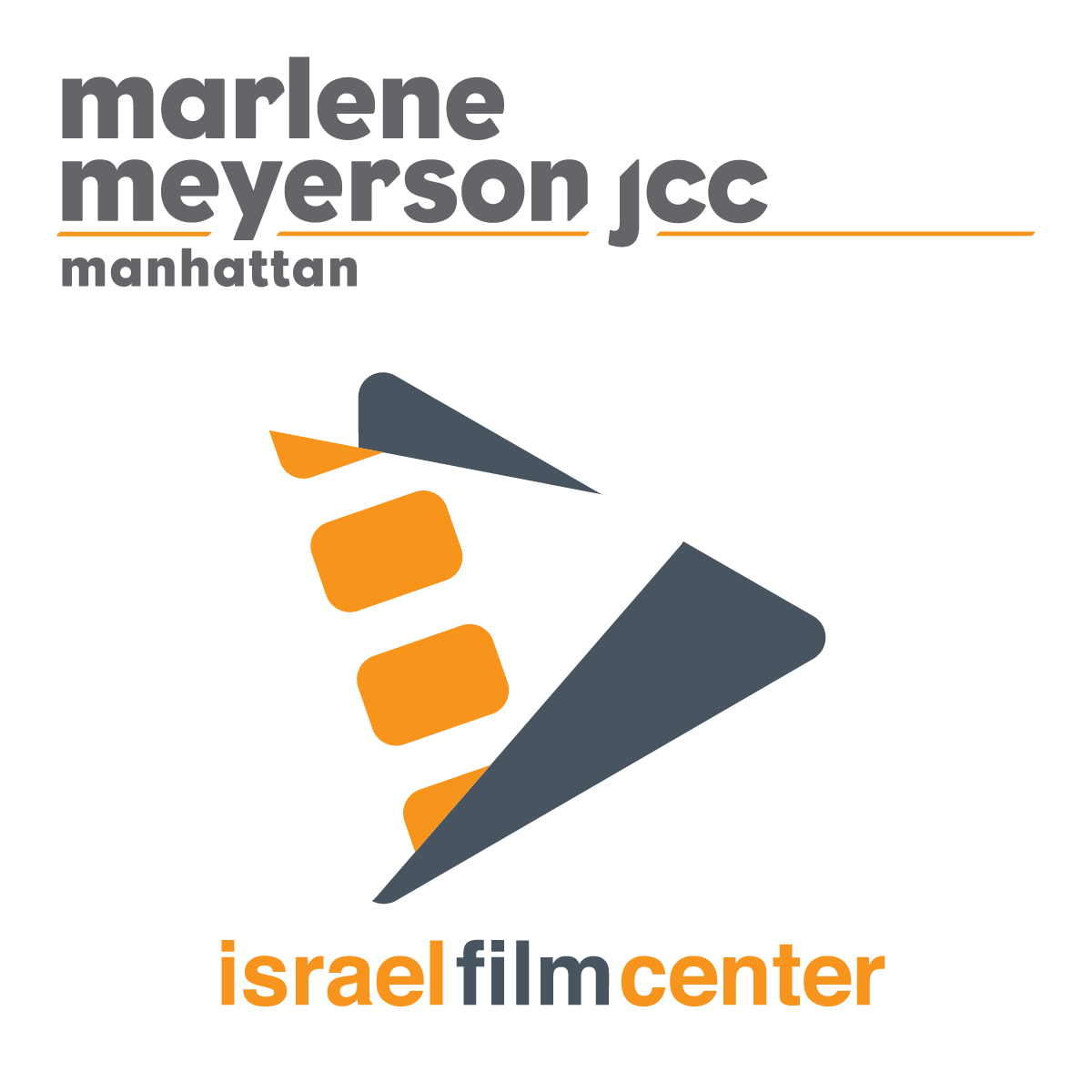September 13, 1993: Two national leaders reach out and shake hands, while a third one watches. Yasser Arafat, Yitzhak Rabin, and Bill Clinton in the garden of the White House. A historic moment, repeated 20 times, tainted by countless shattered hopes. On the soundtrack Edward Said expresses his outrage at the Oslo Peace Accord which was settled by this handshake.
“I remember the handshake very clearly. My dad recorded the ceremony on video and would play it over and over again. He could not believe what had happened. In fact, none of us could. One time he threw his shoe at the TV and shouted so loud, the next door neighbors complained about him. Listening to the last interview with Edward Said while watching the ceremony made me realize that father’s anger was because chairman Arafat was the first one to reach out his hand.” (Mahdi Fleifel)
Shortly after World War II, over 1000 paintings were found in a Cellar in southern France. The paintings were created by a Young-Jewish artist called Charlotte Salomon. She painted her turbulent life story in a unique creation named: „Life? Or Theater?”
“Death & the Maiden”unravels the story behind her creation.
This lecture performance is a letter exchange between distanced lovers who write about their daily lives while conflating several love stories and historical events. These include the brief formation and fall of the United Arab Republic and the first Intifada – events that are interpreted through the disruptive act of love. During the lecture performance they exchange archival footage, listen to songs, and watch two films together with the audience: The first film, Jumana Emil Abboud’s The Diver is a video narrative that tells the story of a Diver whose gender, name, and nationality is ambiguous, and who is on an endless search to find ‘heart’. The second film, The Story of Milk and Honey by Basma Alsharif, is a video that weaves together images, letters, and songs that detail the failed writing of a love story in Beirut, Lebanon.
Between the settlements and the wall the here men lack air and space. Like all the children from this camp, Tamer dreams of liberating his country and takes his cues from the Intifada generation. Former resistance fighter, Nader tries to protect his son from the dangers of life under Israeli occupation but he also wants to help him fulfil his dream of seeing the ocean. Situated on the other side of the wall, the Mediterranean Sea is almost inaccessible to Palestinians and although it is only 40 km from the camp special permission is necessary to reach it. However Nader is doing everything he can to accomplish an escape beyond the wall to a place where the gentle lapping of the waves will make the occupation but a distant memory.
An animated portrait of the hallucinatory journey of consciousness experienced by Jewish writer Yechiel De-Nur (“KaTzetnik 135633”), during a psychiatric treatment with the hallucinate drug LSD, in the Netherlands, 1976. The treatment sends De-Nur to revisit the “Other Planet” of Auschwitz, during which, De-Nur sees himself as the Nazi officer who sent him to burn in the crematorium. This life-altering experience releases De-Nur from his repressed traumas of the past, and engulfs him with new prophecies of a dark possible future.
Purim is the happiest day in the Jewish calendar. It commemorates the day when, back in the ancient Persian Empire, the Jewish people were saved from slaughter. It is a time for celebration, sharing joy and giving back to those less fortunate. Ultra-Orthodox Jews are famously as strict about observing the rules of their faith as they are defiant to modernity, yet for this film they let the cameras explore their celebration with enthusiasm. The film follows a diverse cross-section of society – from the charity workers helping the poor, to the rabbis preparing to read the Book of Esther and the women preparing the food and drinks – giving us a deep insight into what makes Purim so special to the Jewish community. This documentary is a fascinating exploration of a key moment in Jewish life, both spiritually and socially. Director Ori Gruder, an Ultra-Orthodox Jew himself, shows how deference towards the rites blends with daily secular life, and his insider’s voice makes us feel like we’re invited to the table with everyone else.
